16 of the most endangered animals in South America
16 of the most endangered animals in South America
South America includes some of the most biodiverse places on Earth, such as the Amazon Rainforest. Unfortunately, as the native wildlife increasingly face drought, rising temperatures, human activity, and disease, many of these species are in serious danger. Learn more about some of the most endangered animals in South America, from poison dart frogs to wild guinea pigs.
1. Glass frogs
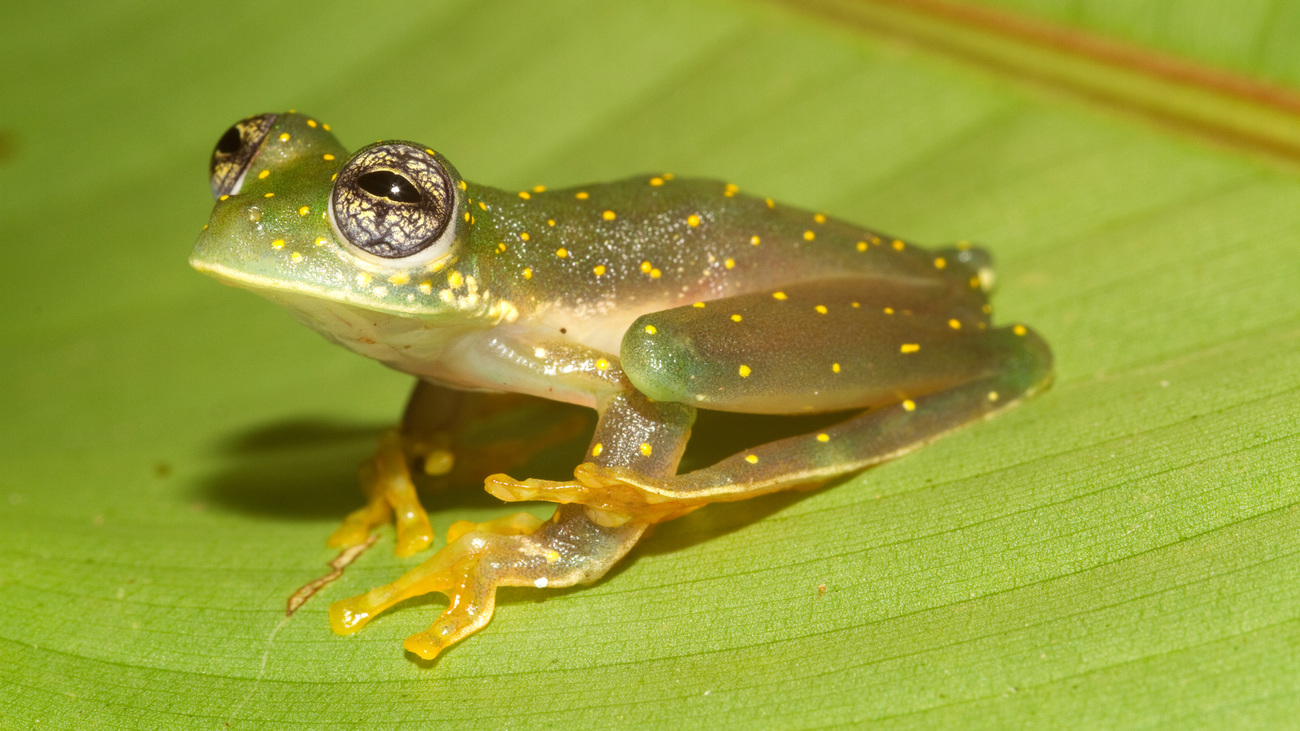
Glass frogs are amphibians in the family Centrolenidae, some of which are known for their transparent and translucent skin, which makes their internal organs visible. There are over 150 species of glass frogs, 80 of which have a threatened status.
Glass frogs are threatened by the exotic pet trade. They should not be kept as pets, as they are wild animals that require specialised care. Habitat loss from human activity is also an issue, in addition to climate change, which is making their habitats hotter and drier. In 2022, international leaders increased global protections for glass frogs under CITES.
2. Titi monkeys
Monkeys of the subfamily Callicebinae are known as titi monkeys; they are native to South America and inhabit dense forests near bodies of water. Titi monkeys are very small primates—typically similar in size to rabbits. There are at least 31 species of titi monkeys.
Unfortunately, six titi monkey species are listed as critically endangered. These include the San Martin titi monkey, Olalla Brothers’ titi monkey, the Caqueta titi monkey, Grove’s titi monkey, the blond titi monkey, and Viera’s titi monkey. There are only 100-250 estimated remaining blond titi monkeys. Illegal pet trade, deforestation and habitat fragmentation due to agriculture, urbanisation, and highway construction are just some of the major threats to titi monkeys’ survival.
3. Poison dart frogs
Poison dart frogs—members of the family Dendrobatidae—are some of the most strikingly colorful animals on the planet. Of the nearly 200 living species of poison dart frogs, over half are considered threatened. A deadly fungus known as the amphibian chytrid fungus (or Bd) is blamed for mass fatalities of many of these amphibians. The exotic pet trade, logging, pollution, deforestation, and land development also pose threats to the future of poison dart frogs.
4. Glaucous macaw
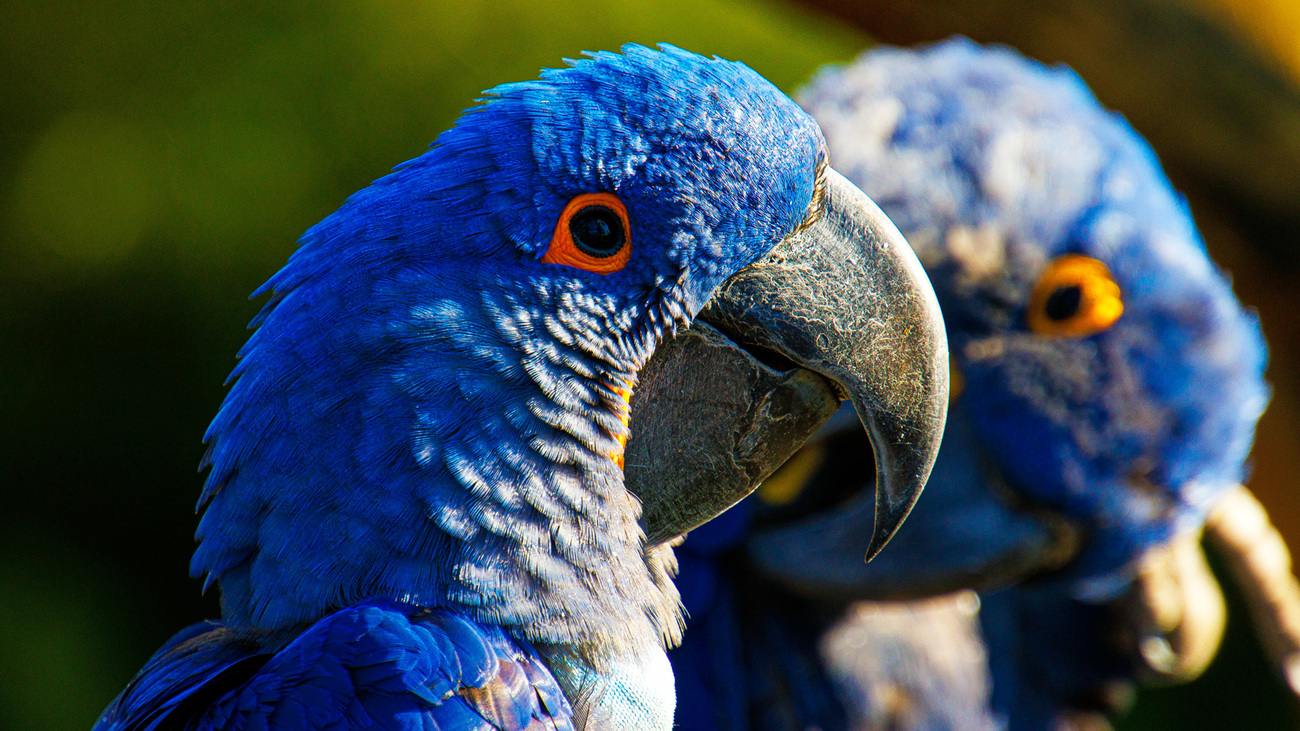
The glaucous macaw—considered possibly extinct—is a parrot with striking blue and grey plumage native to a small region spanning parts of Argentina, Uruguay, Paraguay, and Brazil. It’s closely related to the hyacinth macaw, which is the largest living parrot species. The glaucous macaw has not been seen since 2001, so if the species still survives, it’s likely with a population of 20 or fewer.
Early colonists of South America likely cleared Yatay palm trees, on which the species probably relied for food. It’s unknown, but researchers speculate that the bird may also have been hunted or traded.
5. Galápagos pink land iguanas
The Galápagos pink land iguana is a reptile native to the Galápagos Islands. It’s called pink because of its pink head, neck, legs and markings down its back and underside. Only about 192 pink land iguanas remain. Invasive rats and feral cats prey on their eggs and hatchlings, and volcanic eruptions are also a threat to these iguanas. Droughts also affect this species, causing food scarcity.
6. Santa Catarina’s guinea pigs
A member of the same genus as the domesticated guinea pig, Santa Catarina’s guinea pig is a critically endangered species that lives only on Moleques Island do Sul, in the state of Santa Catarina, Brazil. There are only 24-60 estimated individuals left. Hunting is presumed to be a threat to this guinea pig, as people have free and largely unregulated access to the small island they inhabit.
7. Giant tortoises
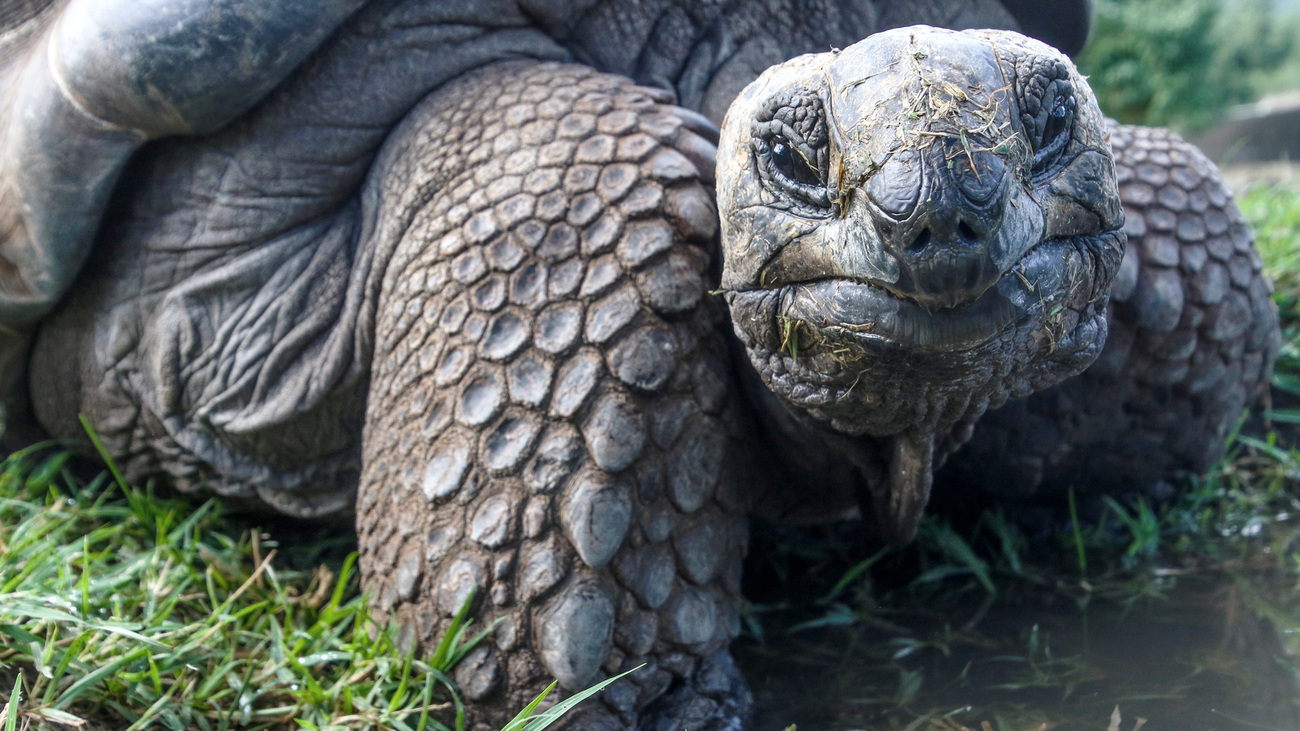
A number of giant tortoises native to the Galápagos Islands are critically endangered. One is the Eastern Santa Cruz giant tortoise, which is considered a subspecies of the Galápagos giant tortoise. Another Galápagos subspecies is the Fernandina giant tortoise, of which there are 0-5 individuals remaining. Others include the Española or Hood Island giant tortoise, of which there are 100-200 individuals; the Western Santa Cruz giant tortoise, of which there are about 3,400; the Sierra Negra giant tortoise, which has 400-700; and the Santiago giant tortoise, which has 500-1,700.
These giant tortoises experienced staggering population decline from the 1600s to the 1800s, when they were hunted for their meat. Though hunting the tortoises is now illegal, poaching still remains a threat today. So do habitat loss, invasive plant species, and invasive species.
8. Cherry-throated tanagers
The cherry-throated tanager is a small black, white, and red bird currently living only in the Brazilian state of Espírito Santo. Quarrying of limestone, granite, and marble has contributed to habitat loss for this species, in addition to illegal palm extraction, the expansion of coffee plantations, small-scale firewood cutting, and large-scale timber cutting. The cherry-throated tanager’s population is estimated to be 30-200 individuals.
9. Pied tamarins

The pied tamarin is a white- and brown-furred, black-faced primate species native to the Amazon in Brazil. It typically measures 18 to 30 centimetres (7 to 11 inches) in body length with a 12- to 14-centimetre (5- to 6-inch) tail.
Sadly, the pied tamarin faces the threats of deforestation and habitat fragmentation due to human expansion, agriculture, livestock production, and road and energy infrastructure development. The species is critically endangered.
10. Turquoise-throated pufflegs
The turquoise-throated puffleg is a bright green and blue species of hummingbird native to Ecuador. It’s called a ‘puffleg’ because it has striking white tufts of downy feathers on its legs. There are less than 50 turquoise-throated pufflegs remaining in the wild, as their habitat has been almost completely destroyed.
11. Orinoco crocodiles
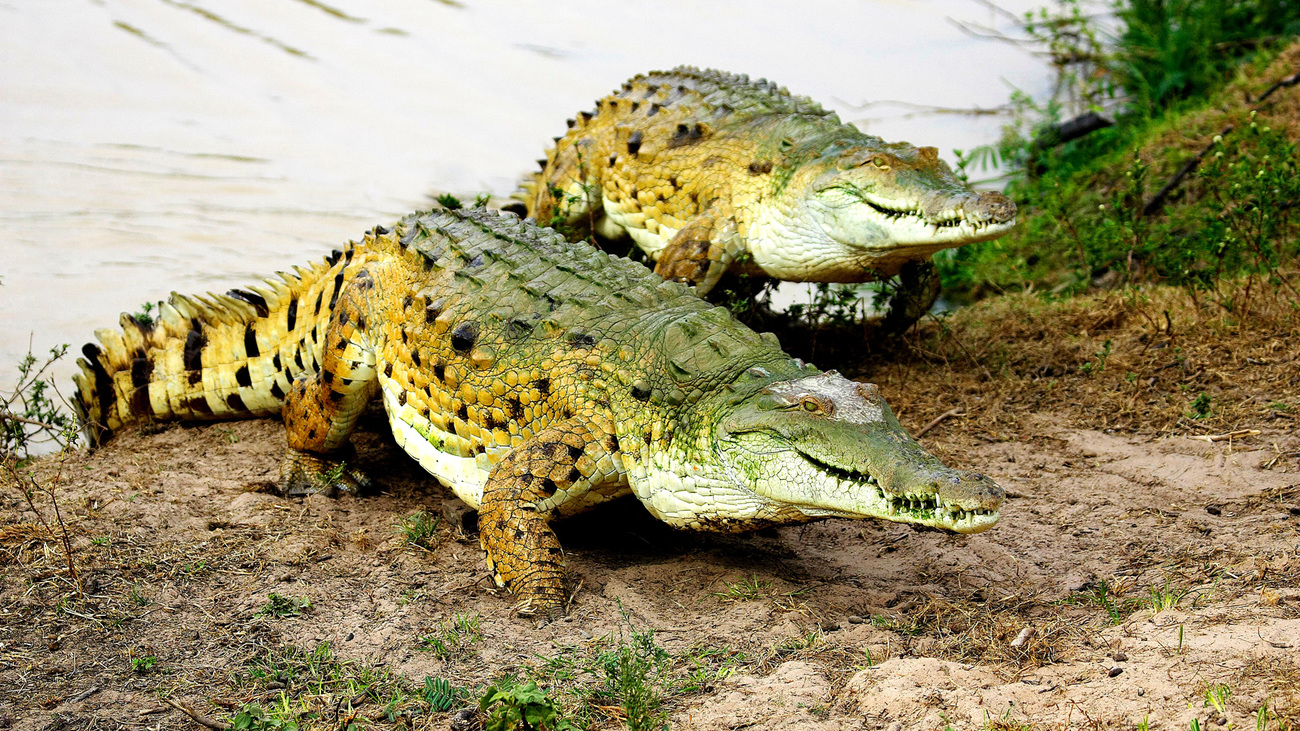
Hunted for their skins in the 19th and 20th centuries, the Orinoco crocodile—native to Colombia and Venezuela—is critically endangered and has a very limited population today. Estimates suggest that there are as few as 90 Orinoco crocodiles left. Though hunting the crocodile has been banned, it is still poached for its meat and eggs, as well as out of fear.
The Orinoco crocodile is a bit bigger than the American crocodile, reaching five metres (16 feet) long. Due to their large size, hunting them for their skin was once a profitable endeavour.
12. Pernambuco pygmy owls
The Pernambuco pygmy owl is a small owl native to the state of Pernambuco, Brazil. Possibly extinct, there are fewer than 50 individuals remaining. This owl has been threatened by habitat loss, in part due to clearance for sugar plantations, and hunting.
13. Belem curassows
Also known as the Mytunxî, the Belem curassow is a large bird native to northeastern Brazil. Curassows are the largest cracid birds, which are ground-feeding birds similar to turkeys, quail, and chickens. There are fewer than 50 Belem curassows left, and they sadly live in the most deforested area of the Amazon. Hunting also poses a threat to their survival.
14. Red-crested tree rats
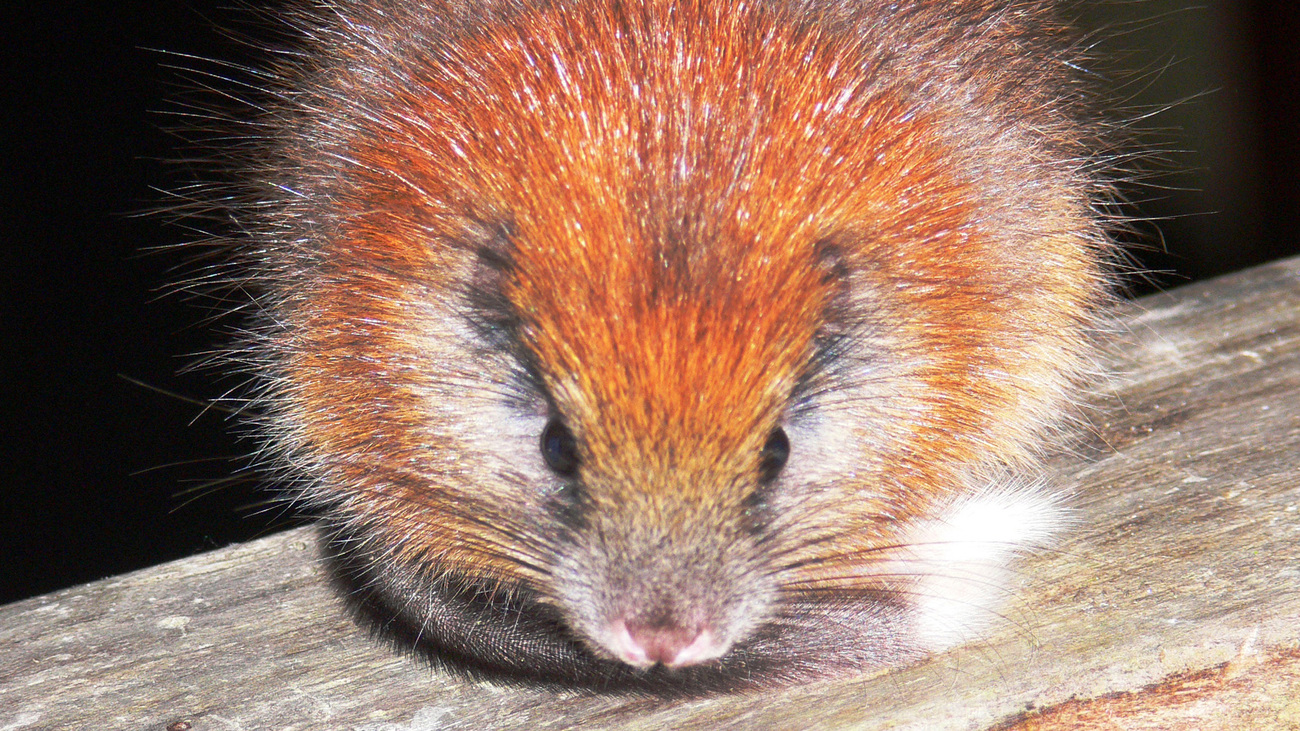
The red-crested tree rat is a small rodent recognisable by its bright red-orange markings. It lives only in a very small area near the north coast of Colombia. This species is in critical condition—there are between only 1 and 50 red-crested tree rats remaining. While specific threats to the species are unknown, its habitat has been degraded over time by the expansion of housing, agriculture, livestock farming, and drought.
Though it was thought to be extinct as it hadn’t been seen since 1989, the red-crested tree rat was rediscovered in 2011.
15. Southern eyelash boas
The southern eyelash boa, also called the Ecuadorian eyelash boa, is a possibly extinct nonvenomous snake species native to Ecuador. There are fewer than 50 of these snakes remaining, and there is almost no suitable habitat remaining, as savannah areas have been converted (and continue to be converted) for agricultural use. Little is known about the southern eyelash boa, but it is closely related to the more common northern eyelash boa. It has small, eyelash-like scales around its eyes, which is how it got its name.
16. Harlequin frogs
Classed within the toad family, harlequin frogs or toads are the members of the genus Atelopus, which contains nearly one hundred different living species. These toads are generally small, brightly coloured, and diurnal. A staggering 62 of these species are critically endangered. The deadly amphibian chytrid fungus also impacts these amphibians, as does habitat loss due to human activities.
However, there is hope. One species thought to be extinct, the Azuay stubfoot toad, was recently rediscovered, and the toads these scientists found did not show signs of the fungus.
Want to help protect these endangered species? Learn more about IFAW’s landscape conservation work around the world and how we fight wildlife crime in Latin America.
Related content
Every problem has a solution, every solution needs support.
The problems we face are urgent, complicated and resistant to change. Real solutions demand creativity, hard work and involvement from people like you.